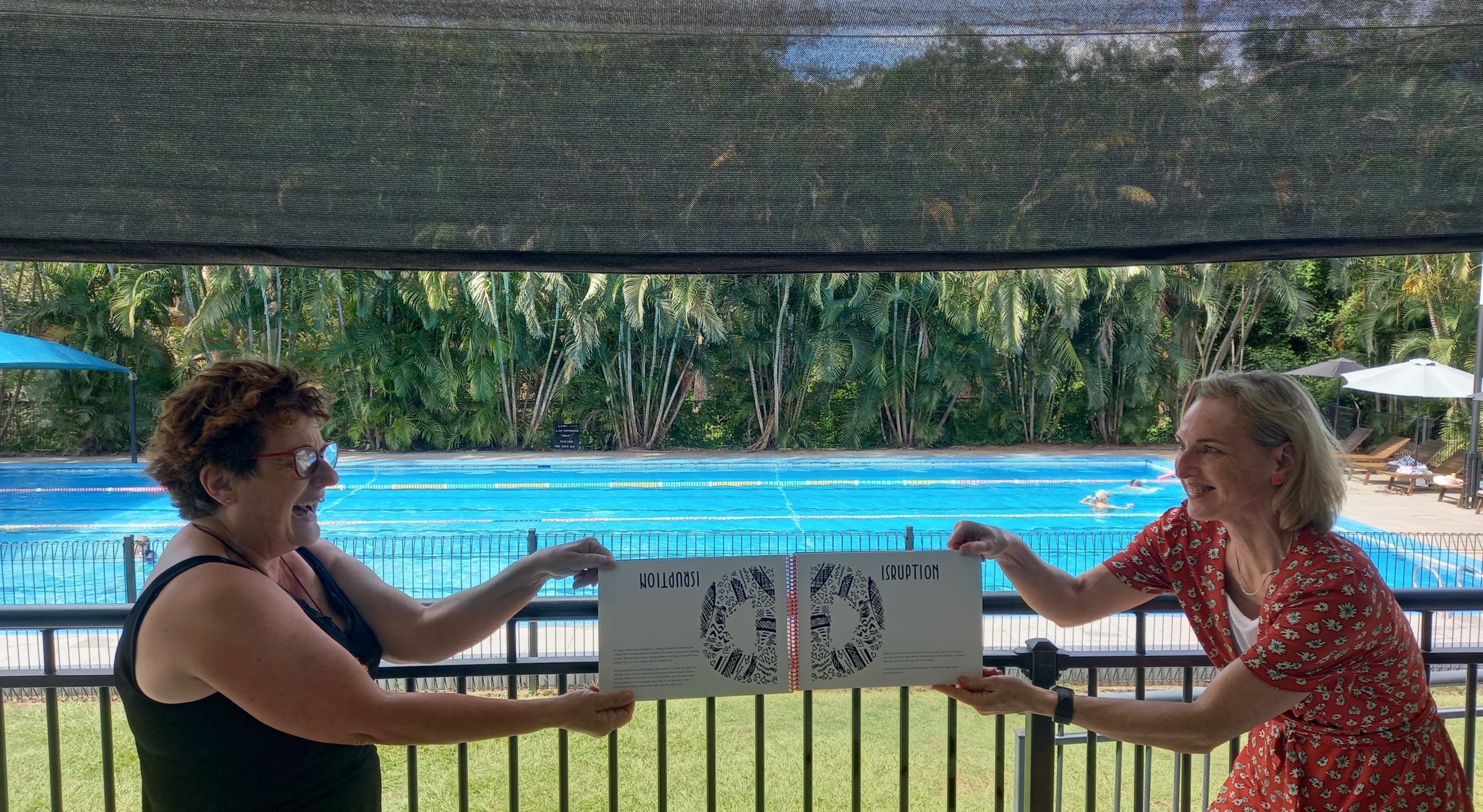
How playful creativity boosts workplace innovation
The Web is full of maxims attributed to Henry Ford who introduced mass production assembly lines to manufacturing. Know your market. Focus on quality. Look for efficiencies.
Ford even believed in keeping employees happy. His take on ‘happy’ was monetary. Laughing, whistling, humming—even smiling!—were apparently disciplinary offences! A century later, studies show that wellbeing has a stronger impact on work performance and productivity.
I recently caught up with Australia’s first certified creativity coach, Dr Cathryn Lloyd, who like me would be in all sorts of trouble if smiling were verboten. Founder of creative consultancy Maverick Minds, Lloyd takes an arts-based facilitation approach to organisational learning. She is also author of the newly published book Seriously Playful Creativity: An A to Z of Creative Action and Reflection.
In our chat, we teased out what creativity is, and isn’t, and what it brings to a workplace.
Why there’s more to creativity than ‘being arty’
Creativity—and playfulness—are often misunderstood.
Lloyd says the natural tendency to think ‘creative’ means being ‘arty’ is a relic from the historic separation of science and the arts.
“Before the Industrial Revolution, there were people who were artisans – they made and created. Their craftsmanship may have been recognised, but they may not have seen what they did as ‘creative’. Manufacturing took away the completeness of making and creating. It became compartmentalised. In that respect, through industrialisation, people often lose sight of the purpose of what they are doing.”
(Similarly, I worked in big organisations with ‘silos’ in which teams or divisions operated independently, focused on their area rather than the big picture, and were unwilling to share resources or ideas across the business. Guess what? That’s neither creative nor efficient!)
Redefining creativity
From Lloyd’s perspective, creativity is not confined to strumming a guitar chord or moulding clay, writing prose or daubing paint onto a canvas.
Creativity, she says, is all around us. It’s in the discussions, discoveries, conversations, and curiosity we show every day anywhere. It opens the way to ask questions, think differently, consider alternatives, improvise and be…innovative.
Why workplaces need creativity
Is innovation sought and valued in your workplace? If so, playfulness and creativity need to be as well.
“To go beyond business as usual, new things need to happen. Creativity underpins innovation and there is no such thing without people,” says Lloyd.
“Creativity underpins the way we work and how we engage with one another. It inspires collaboration, curiosity, and teamwork.
“If we want innovation, we must cultivate creativity.”
Why play is part of the creativity equation
In her book Seriously Playful Creativity, Lloyd writes that play is “essential” to creativity.
In teasing the subject out in our discussion, Lloyd explains: “Playful creativity encourages a workplace to embrace different, new ideas and to try. Some may work, some may not, that’s okay too. Some ideas may need to be parked for now – to bubble and simmer, to see how they fit.”
The key here, it strikes me, is to develop a culture in which it’s absolutely okay to speak up, make suggestions, brainstorm, and try something different.
But that requires a sense of ease among the players. Lloyd (who is known to pop into my online laughter yoga sessions from time to time for a dose of playful exercise) agrees: “Playful creativity allows team members to see each other in a new light, out of their pigeonholes.”
Taking a new look at workplace playful creativity
Few of us can honestly say we’ve not groaned or rolled our eyeballs at the mention of a ‘fun’ activity on a professional development day. It’s an unfortunate reaction that Cathryn Lloyd and I understand. We also know it can be overcome when creative playfulness is embedded in the everyday rather than something occasional and ‘special’.
“When it’s not something we do regularly, we fear looking silly. We may feel vulnerable and insecure,” agrees Lloyd.
“Whereas if playfulness, if creativity, is embedded within an organisation — if it’s part of their normal – it can bring out the best in its people,” Lloyd says.
In this regard, Henry Ford’s tight managerial disciplinary style of ‘when we are at work we ought to be at work. When we are at play, we ought to be at play. There is no use trying to mix the two’ has had its day.
We can still be serious and bring a lightness to our work and daily activity.
You can find out more about Dr Cathryn Lloyd’s creative workplace programs at Maverick Minds.
(c) 2021 Heather Joy Campbell
The Happydemic’s founder HeatherJoy Campbell is a workplace laughter wellbeing facilitator in Brisbane, Australia, combining laughter yoga and positive psychology practices for stress-busting and teambuilding.